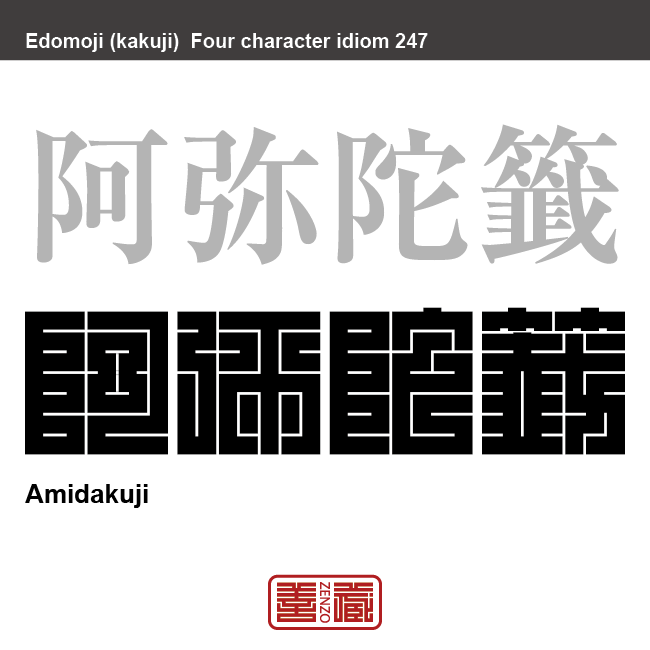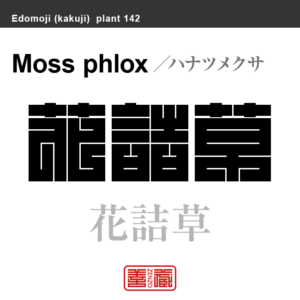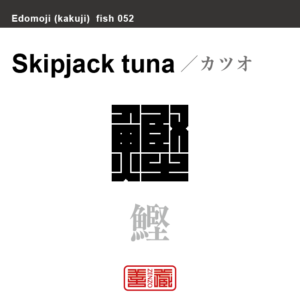阿弥陀籤 あみだくじ 角字でことわざ、四字熟語

阿弥陀籤
あみだくじ
Amida-Kuji
Amidakuji
Unicode: [阿_0x963F][弥_0x5F25][陀_0x9640][籤_0x7C64]
線の端に当たりはずれなどを書いて途中を隠し、各自が引き当てるくじのこと。
元々は、阿弥陀(あみだ)如来の背後に描かれている後光のように放射線状に線を引き、一端にそれぞれ異なる金額を書いて隠し、各自が引き当てた金額を出させ、集めた金で茶菓子などを買い、平等に分配する籤。
現在では、平行線の間に横線を入れ、はしご状にすることが多い。
角字とは?
江戸時代に誕生した角字は、正方形のグリッド内にほぼ水平・垂直のラインのみで文字(漢字)が表現されるグラフィックアートです。
正方形という限られた空間の中に、あらゆる文字を閉じ込めようとするグラフィックデザインは、前述した、ミニマムな物に対する日本人特有のこだわりが随所に感じられます。
そのシンプルで有りながら、奥深い「角字」は多くの日本人を魅了し、お祭りで着る半被や印半纏(しるしばんてん)と言われる着物や、商標、印鑑、家紋、看板デザインなどに今日まで数多く使用されてきました。
What is Kakuji?
There is a style of penmanship called “Kakuji” in Japan. Edo-born Kakuji is a graphicart that expresses letters (kanji) with almost horizontal and vertical lines only.
The design which bases on many straight lines seems simple, or too plain even at its first glance; yet this beautiful artistic penmanship that encompasses the aesthetic of the Japanese in the Edo era, also known as “Iki”, and playfulness has long been inherited to this day, thanks to the masteries’ long years of efforts in training and refinement.
Kakuji with its simplicity and depth is used for designs such as trademark, hanko stamp, family crest and signboard.































































 2文字コード:MZ 3文字コード:MOZ 数字:508 ITU:258 ccTLD:.mz
2文字コード:MZ 3文字コード:MOZ 数字:508 ITU:258 ccTLD:.mz







































































































































